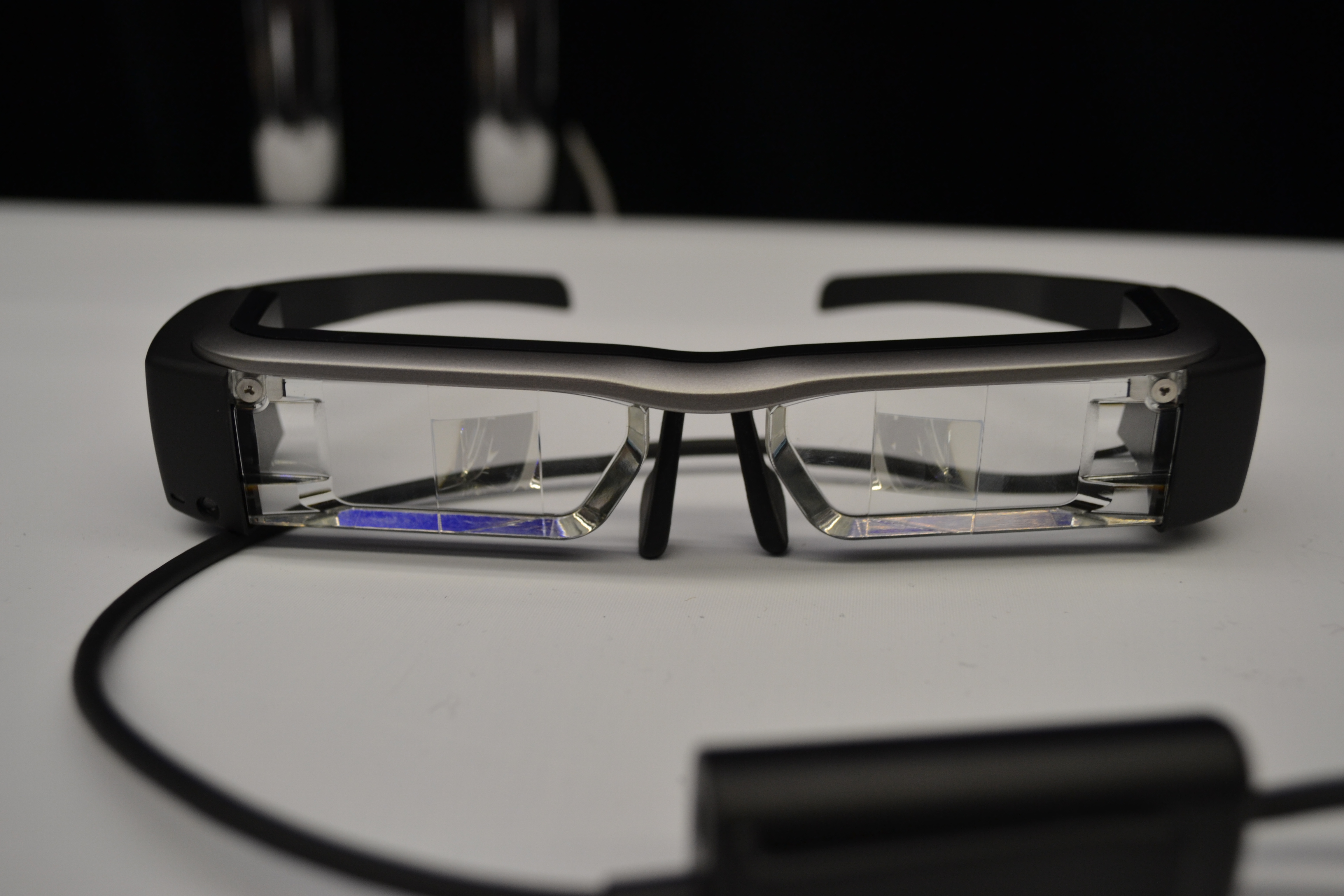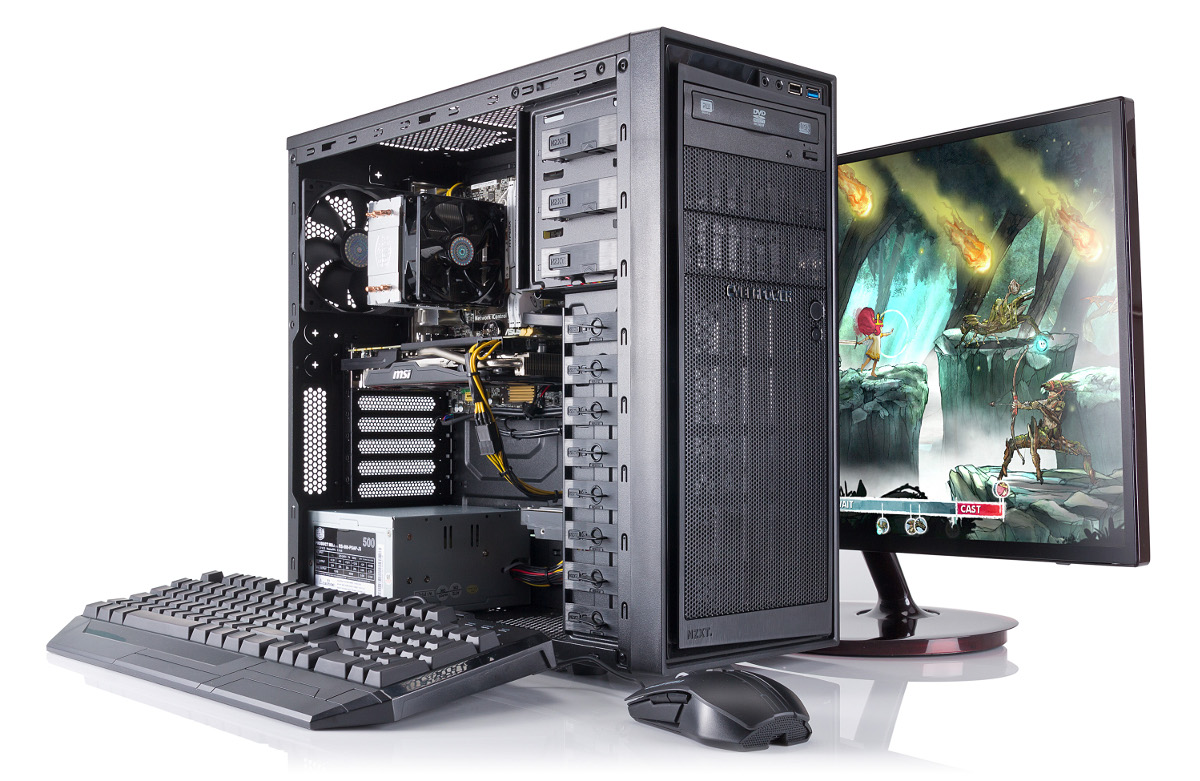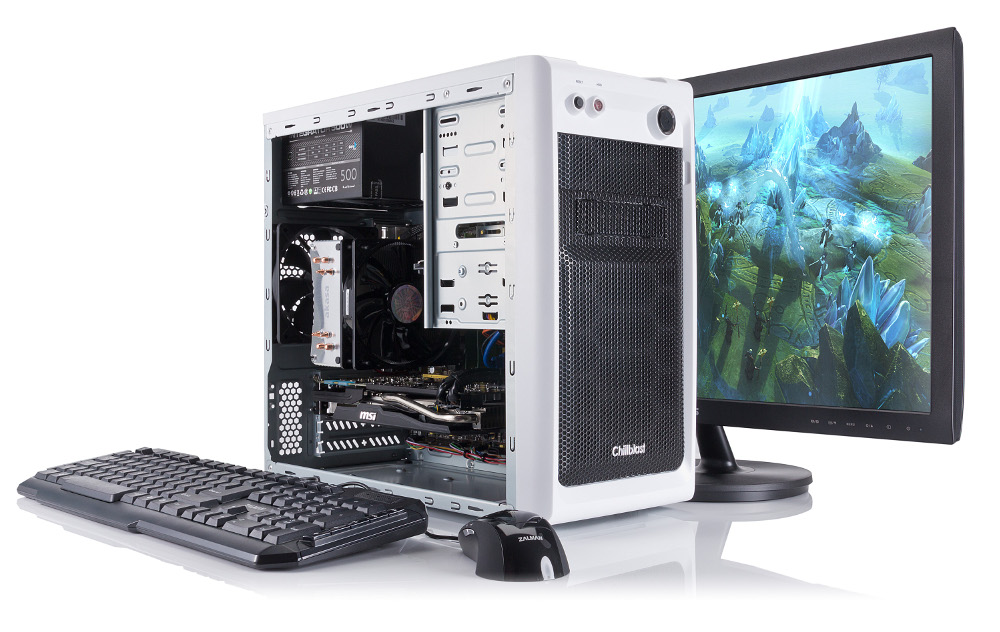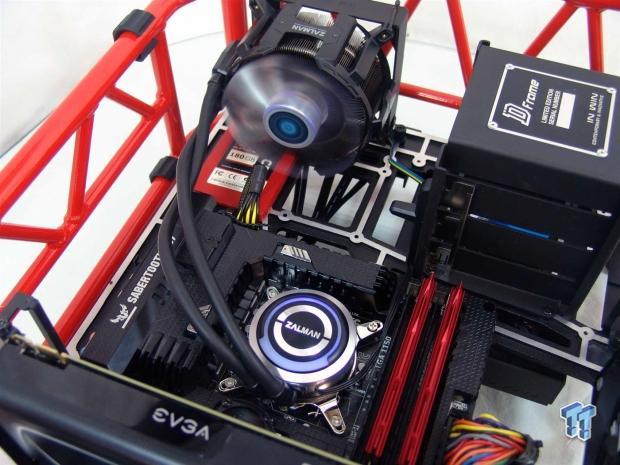These Better AR Glasses Aren't Right for Everyone. Epson Moverio BT-200

Augmented reality and head-mounted displays are funky technologies that haven't quite found their place yet, even though many other forms of wearable tech have become widely adopted. Google Glass is the best-known example that marries the two concepts, offering a display over one eye and the ability to take pictures and scan information, among other things, wherever you are. But it's also clunky, extremely expensive at $1,500, and those who use it invariably draw scorn for wearing it everywhere they go. Epson's alternative, the Moverio BT-200, doesn't exactly fix the scorn problem. But it delivers more theoretical functionality and a much friendlier price in an appealing package for enterprise and education applications.
CLUNKY, BUT FUNCTIONAL
Where Google Glass is relatively unobtrusive (and yet very conspicuous), the Moverio BT-200 is unquestionably a pair of high-tech glasses. The i.3-by-7.i-by-2.2-inch (not including the flexible plastic arms), 3.7-ounce techno-shades have big, thick, and clear rectangular lenses and blocky tinted front filters that make the BT-200 look like something out of Johnny Mnemonic. Still, the BT-200 offers more functionality than Google Glass. A bright, colorful display, projected across angled surfaces inside the lenses, sits in front of each eye rather than hovering in a corner over the right eye, as is the case with Google Glass. This lets an image appear directly in the middle of your view rather than at the edge. The BT-200 doesn't have any specific sizing or diopter adjustments, but the bendable nose guard, the flexible plastic arms, and a set ofincluded, removable rubber stabilizer fins for the arms help ensure the glasses stay in place. Epson also includes clip-in frames you can fit with prescription lenses, along with a much darker filter you can swap with the lighter filter to make the projected display seem brighter and more immersive. You can also forego the filters entirely, which makes the glasses look even uglier, but remarkably still doesn't expose whatever you're watching to the outside world. When not in use, the angled projection surface of the lenses can look slightly blurry along the edges, but both the glass and the lighter filters behind them are transparent enough that you can easily see through them to whatever is physically in front of you. Also unlike Google Glass, the BT-200 neither builds all of its brains into the glasses themselves nor requires a smartphone or tablet connection to get the most out of it.
The included wired controller takes care of everything. The smartphone-shaped box measures 4.8 by 2.2 by 0.7 inches, weighs 4.3 ounces, and connects to the glasses by a cable through a wide 30-pin plug. The front consists of a large touchpad that controls an onscreen cursor on the glasses' display, plus an indicator light and standard Android Home, Menu, and Back buttons. The top edge holds a sliding, locking Power switch. A Mute button and microSD card slot are along the left edge, and a micro USB port and Volume Up/ Down buttons occupy the right edge. The cable connecting the box to the glasses has a clip-on secondary module that holds a 3.5mm port for the included earbuds with in-line microphone. The glasses project a 960-by-540-resolution picture over each eye, creating a stereoscopic image equivalent to an 80-inch screen viewed from 16 feet away. Each image has a resolution equal to that of the display on the Sony PlayStation Vita portable game console, and they can combine across both eyes for what is effectively a i080i HD screen. The display offers 24-bit color and looks surprisingly bright, even when using the lighter filter or no filter over the glasses. There's also a front-facing VGA camera for augmented reality (AR) apps. The control box runs Android 4.0 with very modest hardware including a 1.2GHz dual-core TIOMAP 4480 CPU with a scant 1GB of RAM; the 8GB of internal storage can be easily expanded with a microSD card.
The box also features GPS, plus compass, gyroscope, and accelerometer sensors. The touchpad is occasionally finicky when compared with a capacitive touch screen, but it's capable of multitouch and is much more functional than the awkward on-glasses control of Google Glass. The glasses, control box, and the filters, earbuds, and other in-box accessories all fit comfortably into the molded foam slots inside the included hard-shell nylon carrying case.
USES
Don't mistake this for a pair of AR glasses you can just pick up and use anywhere. The BT-200 comes loaded with a few demonstration programs, but there's no access to the Google Play store. Epson also plans to launch its own Moverio app store later this year, but for now you'll have to make do with sideloading APK files through the microSD card slot, the Web browser, or a USB connection and the debugging console. Because the BT-200 is primarily intended for developers and enterprise applications, you won't find much usability with it unless you have a background in Android development, or an IT team that can set up everything you need for you. Epson provided us with a BT-200 preloaded with Netflix to demonstrate some entertainment applications, and though the glasses aren't strictly designed for it, they work very well as a mobile video viewer. I watched Star Trek Into Darkness and The Avengers in relative comfort, though I had to be careful with the pressure both the BT-200 and my own glasses put on my nose over time. The included earbuds worked fine, too.
DEMO SOFTWARE
For useful AR applications, I tried a few demos Epson preloaded on the BT-200. One let me place a blueprint on a table and visualize it as a finished house I could turn, move, and even flip through different planning and construction steps from empty lot to completed building. Another walked me through assembling a figure of Lego-like building blocks by projecting each step of construction onto the table, using a specially marked piece of paper to align the view. I could look at the model from different angles and, iflwished, build it myselfnext to the projection to make sure I got every step right. Another demo was a mock-up inventory management and store display app that compared how pictures of shelves were stocked with snacks. And a simple game similar to a 3D Space Invaders had me aiming and shooting at robots floating at me from all directions. Both of these demos nicely showed off the technology's potential, even if they weren't particularly exciting. I could see the BT-200 glasses, or at least a much lighter and sleeker future version of them, becoming common in workshops and labs, where 3D models and references directly next to a workspace can be very useful. They could even replace those headphones you can rent at museums and historical sites, turning audio tours into augmented reality tours with helpful holograms next to the exhibits. There's a lot of potential here, but it depends on developers. The Epson Moverio BT-200 is one of the most functional and affordable examples of a head-mounted display designed for augmented reality. This doesn't necessarily mean you should get it, even if it costs less than half of Google Glass and has the potential to be much more useful. This is developer gear, designed for experimenting with the technology and figuring out commercial uses. Ifyou have $700 to spend on this kind ofproduct, it's a fantastic way to get a taste of what AR can offer, and it's much easier to use than Google Glass. Itjust doesn't have much ofapoint for consumers yet. But if you're a tinkerer, a maker, or an engineer, keep an eye on the BT-200.
|
|




